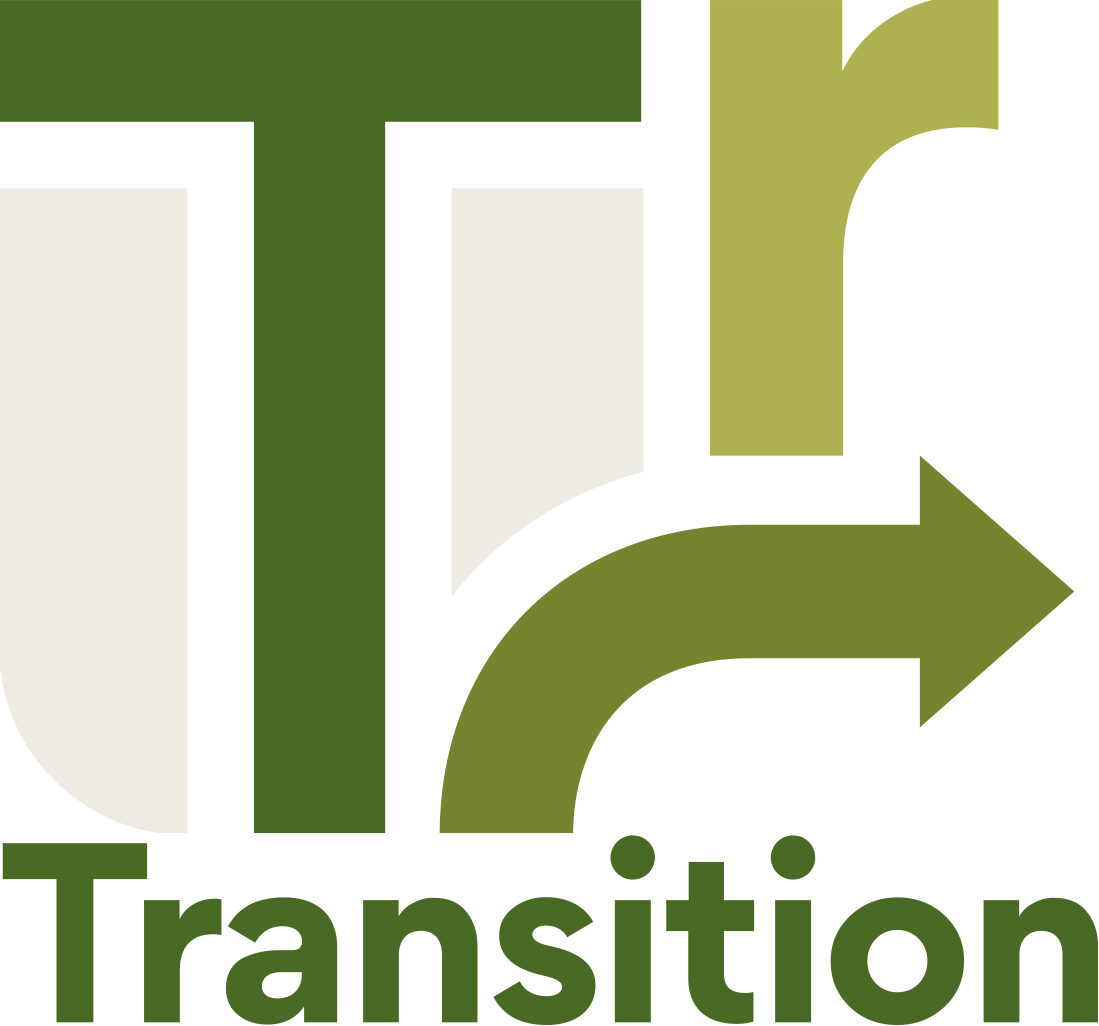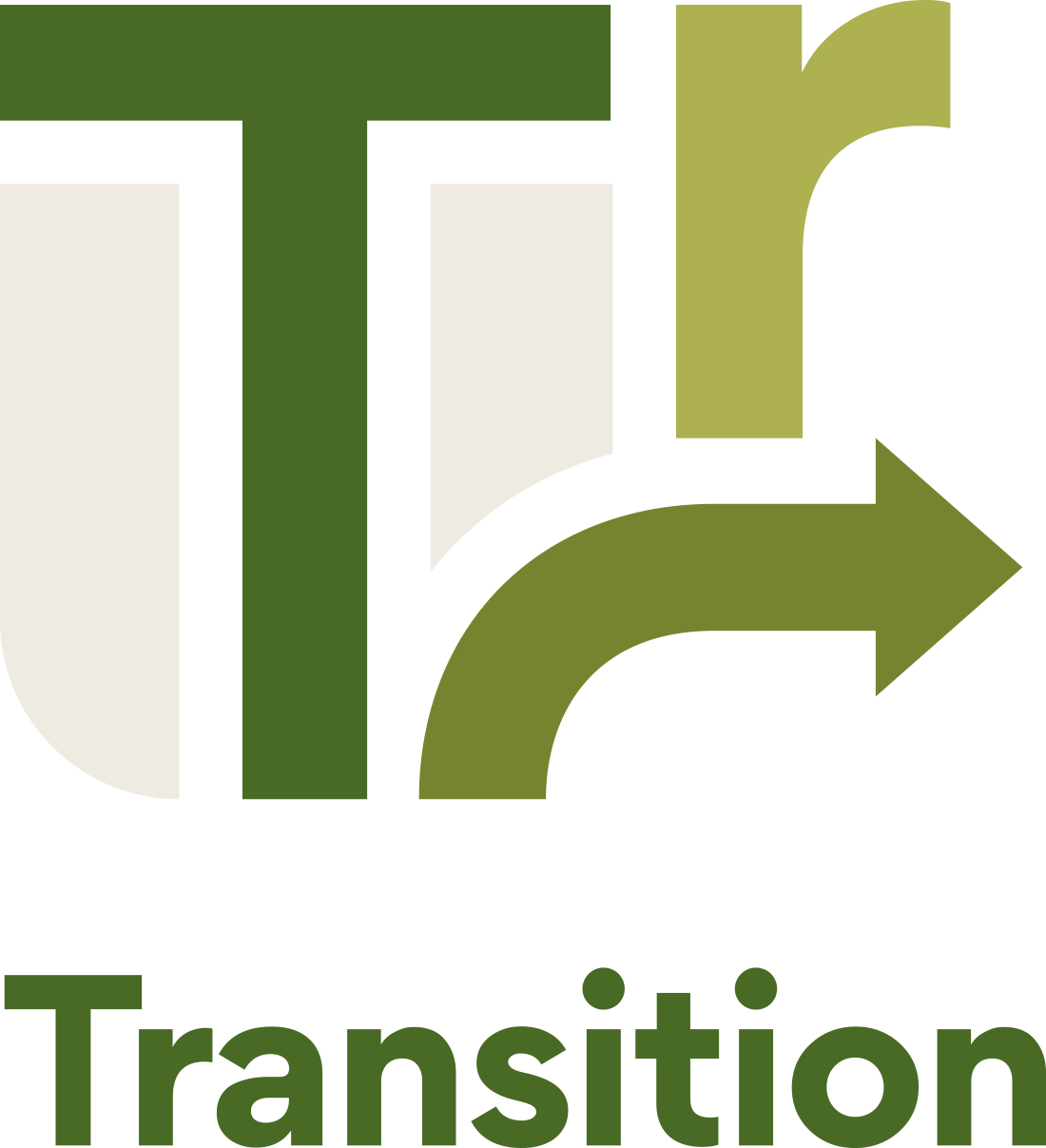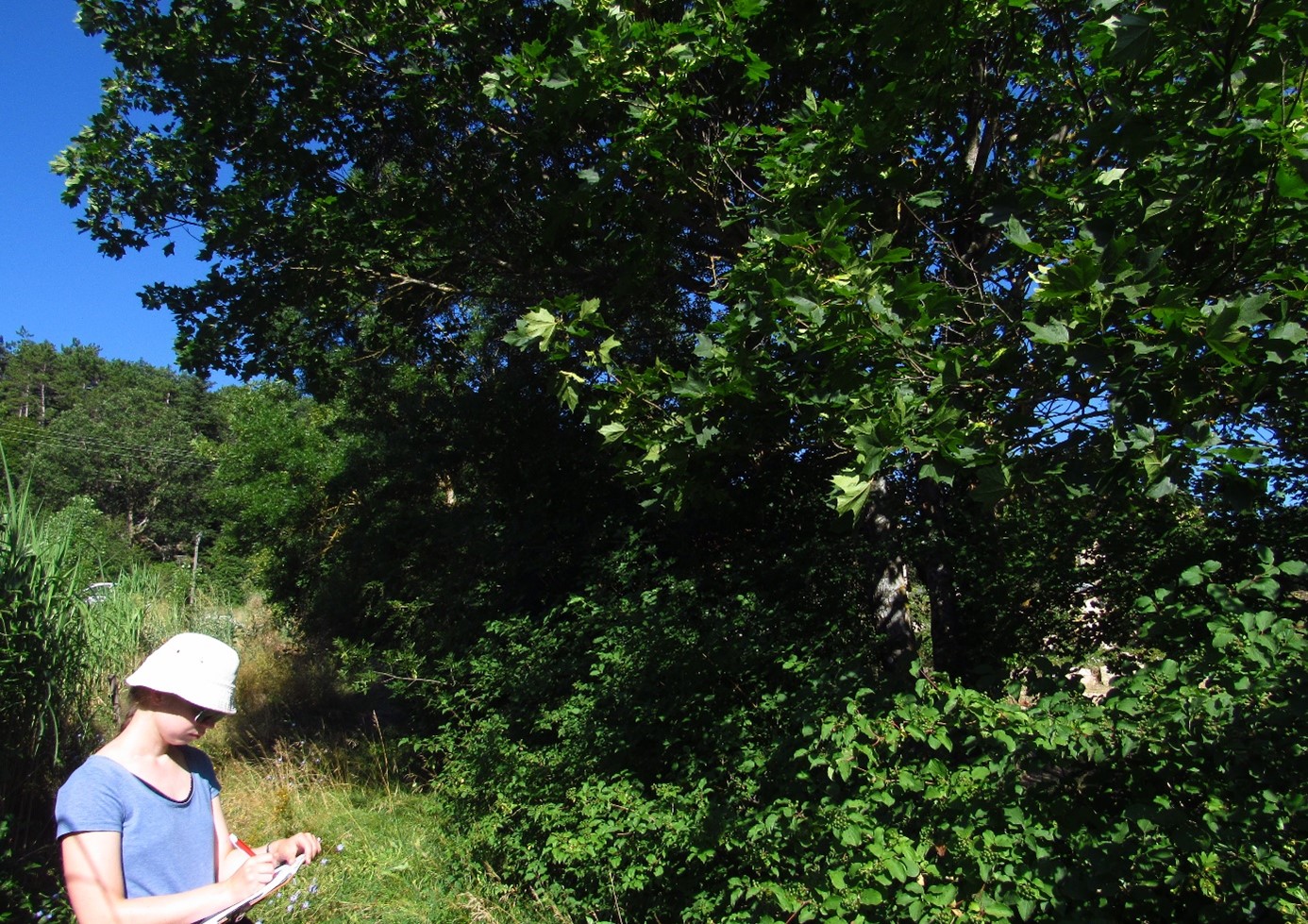Hedgerows have the potential to provide a range of ecosystem services of incalculable value, all of which contribute to increasing the resilience of agroforestry landscapes. Their multiple benefits include the creation of microclimates characterised by higher humidity and reduced wind impact. In addition, they facilitate water infiltration into the soil, effectively slowing erosion. These lush habitats also become thriving ecosystems that support a rich tapestry of flora and fauna. Some species in this ecosystem even play the role of natural pest controllers in mixed horticultural systems, a function that the French team of the TRANSITION project were particularly interested in assessing.
To this purpose, INRAE welcomed Clémence Verschave, an accomplished engineering student, to collaborate in the evaluation of various parameters related to hedgerows, with the aim of deciphering their fundamental role in the robustness of various agroforestry systems based on the incorporation of horticultural elements.
The research delved into both the botanical composition and structural attributes of the hedgerows of the 16 farms in the study group. This holistic analysis allowed the researchers to measure the potential of the hedgerows to host beneficial agricultural allies. In addition, interactions with farmers during this study provided a valuable opportunity to exchange insights into their farming experiences since the last meeting.





